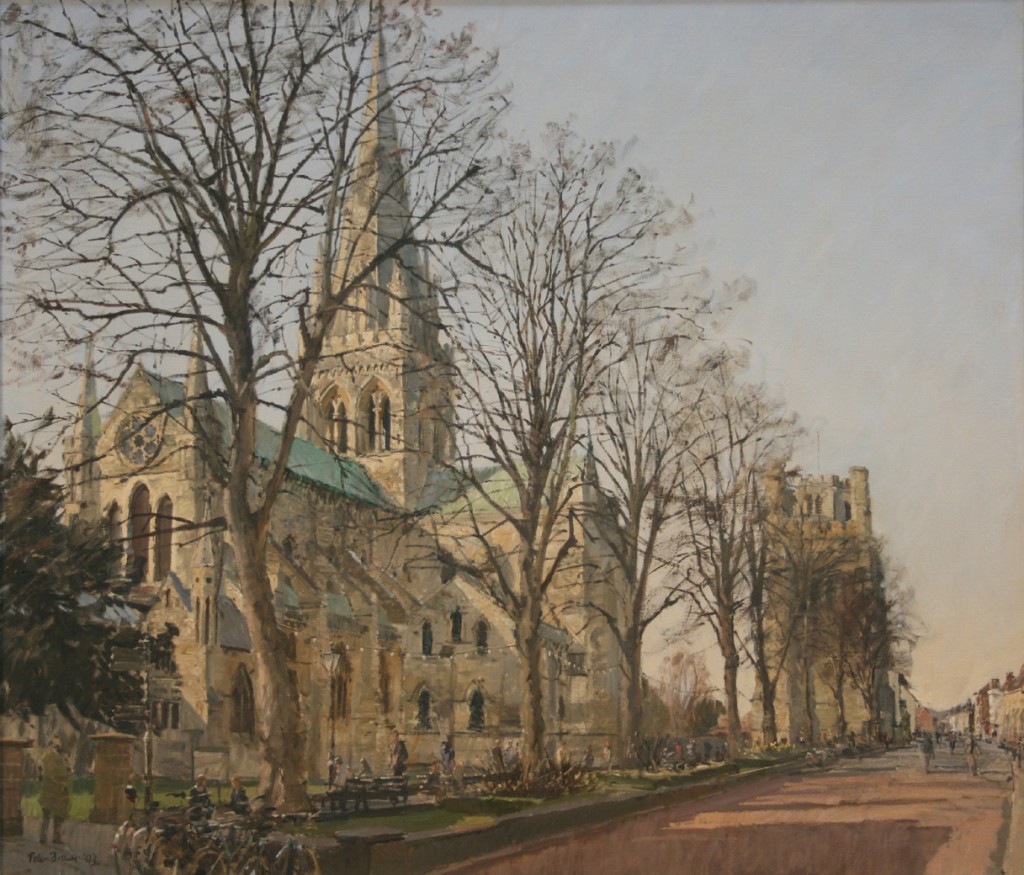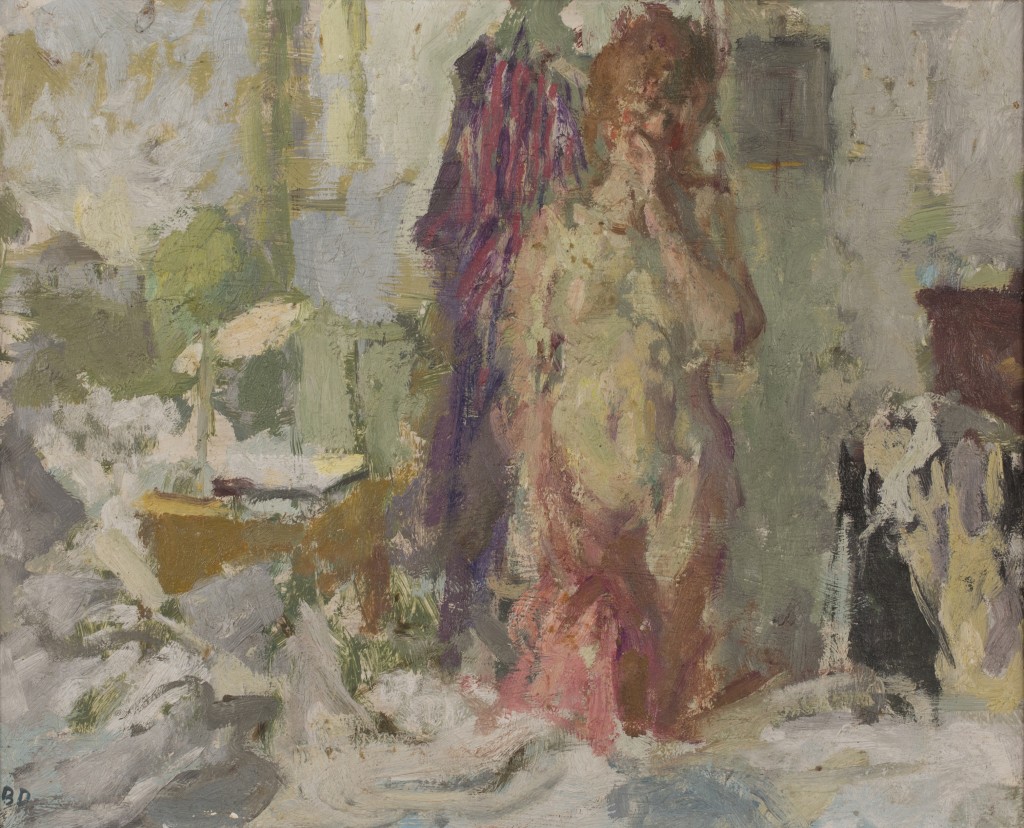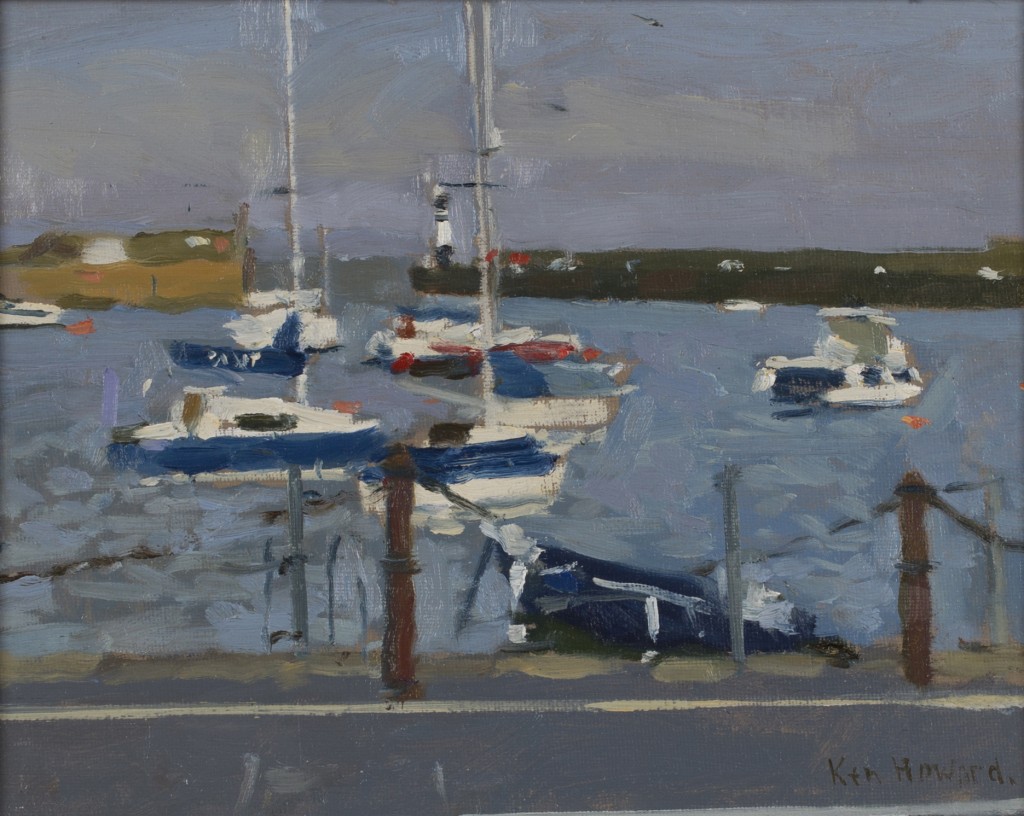
August arrived with a weekend of perfect weather, blue skies and scudding clouds.
In contrast to Friday, and the crowds that the hottest day of the year brought to the South Coast, Saturday saw a generous gathering of much more sensible numbers on the beaches at Worthing. There was a communal delight in the sharing of a different horizon as lockdown eased and the steady on-shore-breeze embraced us. For those who have experienced the Covid-19 lockdown without access to a garden or an adequate outside space this experience must have been especially precious.
Since the 19th century when the railways allowed people in our towns and cities access to Britain’s coast and towns there has always been a wonderfully democratic quality to our beaches.
I grew up in Horsham in the early 1970s. Everyone seemed to have much less materially than we do today and yet we had so much more. We had time, and not just as children but grown-ups too.
It was an adventure to get to the beach in our ancient pale blue Morris Travellers. Many of the roads in Worthing were still concrete and the old cars made a boom-ba-langa noise as they bounced over the joins which delighted me and my brother.
You could leave Horsham’s micro-climate in blazing sunshine to arrive at the coast to find a howling wind or a sea fret. Sunshine or showers my Granny’s response was always the same “Oh there’s a bit of blue sky over Worthing”. An optimistic outlook which has been good training for life. Part of the seaside tradition was Grandpa making tea on an ancient Gaz stove and Granny’s pink iced sponge cake. We would swim, sail, fly kites and walk to the ice cream van. This pebbly bit of beach holds a special place in my heart with a sense of joy and freedom.
The dance of light on an incoming tide, the whoosh and clatter of the waves as they break on the pebbles and the salty wind on my face has the power to restore me in a way I find hard to describe.
These memories bring to mind a wonderful oil painting by the contemporary British artist Ken Howard titled ‘Beach with Kites’ which we sold at Toovey’s for £5000. His art is about revelation, communication and celebration. Here families soak up the sun and sea air in a shimmering light with vibrant colours. The windbreaks with their strong vertical and horizontal lines lead us through the medley of people. You can sense the heat, breeze and happy voices enjoying a picnic beside the sea.
Amongst family, friends and those I meet along the way there seems to be a consensus that we were all going a bit too fast for our own good and the world before Covid-19. Perhaps post-Covid things might look rather more like my childhood where we had less but so much more.
Like the beach itself Ken Howard’s art, inspired by light, lifts our spirits raising us above the challenges and sorrows of life. No wonder there is a need to be beside the sea especially in these times!
With any luck a combination of old-fashioned good manners, common sense and a genuine care for others will prevail and hold back the tide of a second wave. I hope this beautiful weather blesses you and those you love – keep safe.


